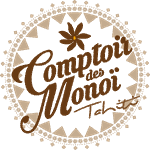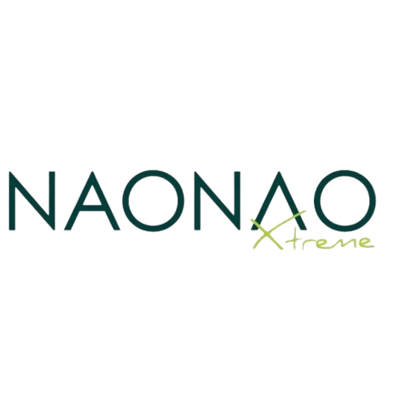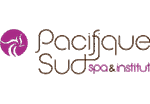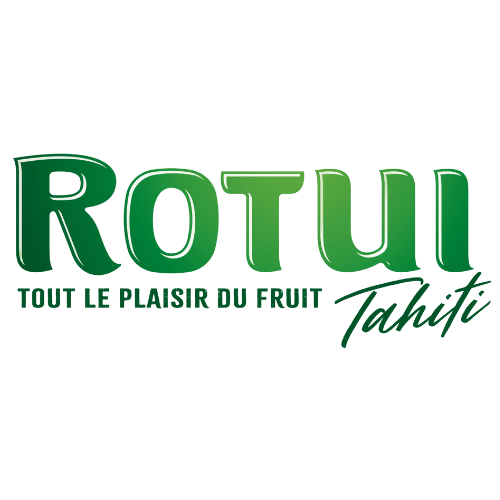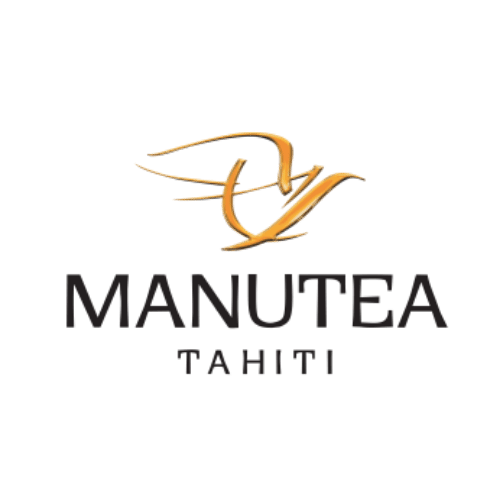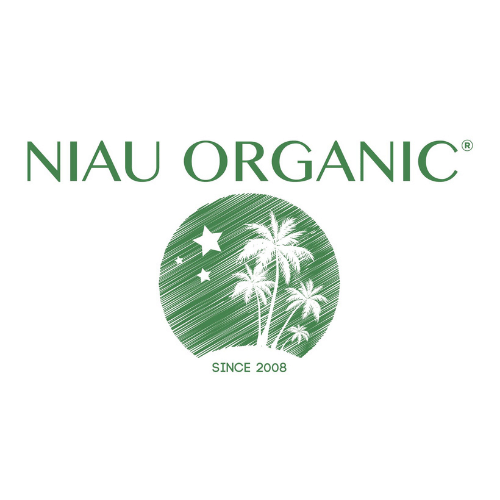
| Papaya | |
|
Papaya existed in Tahiti long before the arrival of the Europeans. Probably native of Mexico, it has been discovered by the Europeans in the West Indies around the 16th century. Afterwards, the Spanish and the Portuguese introduced it into Malaysia and Philippines, insuring in this way its distribution in all tropical Asia. Plant with thousand food, industrial, medicinal and decorative virtues, the papaya tree represents an important source of income for some islands. In Hawaii more particularly, it is widely cultivated to extract the papain.
|
Besides, the leaves, the stems and the fruits contain latex with high level of papain, a proteolytic enzyme which would have an action on the collagen involved in the cellulite formation, and which would give slimming virtues to papaya. Moreover, papain is already widely used in slimming food complements and other nutraceutical products. Thanks to its richness in antioxidants and Vitamin C, the papaya is a real bargain to give back tonus and vitality to your skin. |
|
CULTIVATION The papaya tree is reproduced by sowing. Its cultivation requires warm temperatures and abundant pluviometry. The stage of maturity of the fruits is difficult to determine: a yellow point on the peduncle indicates that they are at the beginning of the maturation. Then, we can start to pick them. The first harvest occurs approximately 10 months after planting and can be productive most of the year. The production is only interesting for three years. USES Traditional uses In pre-Colombian times, Caribbean people used the green fruit as a cataplasm against skin redness and gastrointestinal diseases. To tenderize the raw meat, they used to wrap it in papaya leaves before eating. This custom remained for a long time a tradition in the West Indies. In all Caribbean islands, seeds and latex of the fruit are recommended as vermifuge. The juice of the fruit or the infusion of the leaves is traditionally recommended against hepatic affections, dyspepsia, stomach pains and ulcers. |
Food uses The pulp of the fruit is particularly appreciated for the preparation of drinks, jams, and to decorate all kinds of meals. Cosmetic uses The papaya contains papain, which destroys the dead cells, making the skin soft and smooth. It also has particularly interesting moisturizing properties, and is perfectly adapted to skins damaged by the sun. These exfoliating and moisturizing properties make papaya an exceptional ingredient for body wrapping products and facial masks, particularly against blackheads. The papaya tree also delivers another treasure: the latex, which is present in all the plant. It is extracted from the green fruits and can be freshly applied as remedy against corns and warts. The extract of fermented Papaya is twenty times more antioxidant than vitamin E. It protects the body against the «syndrome of oxidative stress» caused by the environmental pollution, smoking, sun exposure… |


